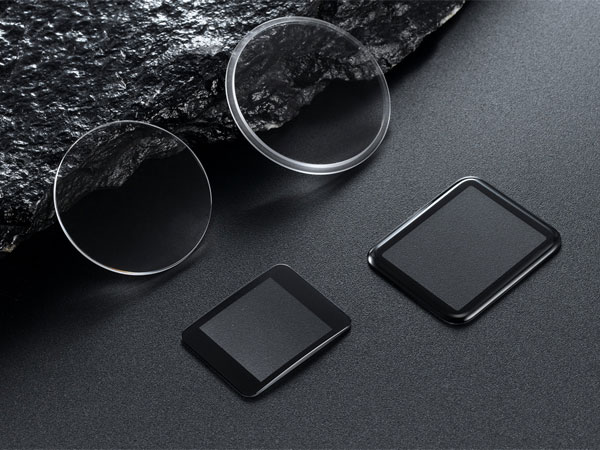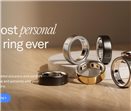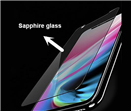

Time:2025-01-20
Sapphire glass, an artificially synthesized material, has shown wide application prospects in the fields of electronics and optics due to its unique physical and chemical properties. It is mainly composed of alumina, with high hardness and excellent transparency, thermal stability, impact resistance, and chemical stability, making sapphire glass an ideal choice for many high-tech products.
In the field of optics, sapphire glass's high transparency and excellent optical properties make it a material choice for making high-precision optical instruments. Optical instruments such as astronomical telescopes, microscopes, and camera lenses all require high transparency and low dispersion to ensure the clarity and accuracy of imaging. Sapphire glass not only meets these requirements, but also maintains stable performance in extreme environments such as high temperature, high pressure, and strong radiation due to its high hardness and impact resistance.
In the field of electronics, sapphire glass is also widely used. Its high hardness and high transparency make it an ideal semiconductor packaging material. Especially in the LED industry, sapphire glass is widely used to make LED packaging substrates. The luminous efficiency and stability of LED largely depend on the quality of packaging materials, and sapphire glass, with its performance, can significantly improve the luminous efficiency and stability of LED, extending its service life. In addition, due to its excellent dielectric properties and electrical characteristics, it is widely used in the manufacturing of electronic devices such as capacitors, resistors, integrated circuits, etc.

With the advancement of technology, the application of sapphire glass in the field of consumer electronics is also increasing. Smart wearable devices such as smartphones and smartwatches have increasingly high requirements for screen materials. Sapphire glass has become the preferred choice for components such as mobile phone cameras, HOME buttons, and smart watch screens due to its ability to transmit infrared light and its exceptional scratch resistance. Especially in the era of 5G high-speed communication, the screen size and shape of consumer electronic products are more diverse, and the performance requirements for screen materials are also higher. Sapphire glass, with its hardness and transparency, can meet these requirements, while its elegant appearance also meets the pursuit of modern consumers for products.
In terms of optical windows, the application of sapphire glass is also noteworthy. Due to its high transparency and impact resistance, it is widely used in infrared and far-infrared equipment, such as night vision infrared and far-infrared sights, night vision cameras, and other instruments. These devices need to operate in extreme environments such as high temperature, high humidity, strong radiation, etc. Sapphire glass can maintain stable performance to ensure the normal operation of the equipment. In addition, sapphire glass is also used as a window for high-power lasers, various optical prisms, optical lenses, etc. It is widely used in instruments and meters for satellites and space technology, as well as in the manufacturing of high-precision instruments and meters for navigation, aerospace, aviation, and other fields.
In the medical field, the application of sapphire glass also shows great potential. It has high transparency and good biocompatibility, making it an ideal material for manufacturing medical devices. For example, the sapphire hair removal device adopts medical grade cold light technology, using sapphire lamp heads and window light guides to penetrate light waves into the root of hair follicles deep in the skin, achieving painless hair removal while also having a skin softening effect. This technology not only improves the effectiveness and comfort of hair removal, but also reduces the risks and side effects during the treatment process.
Sapphire glass has broad application prospects in the fields of electronics and optics, and its unique physical and chemical properties make it an ideal choice for many high-tech products. From optical instruments to electronic devices, from consumer electronics to medical devices, they have all demonstrated high performance and broad application prospects.






Tel
Mobile phone
Customer service
TOP